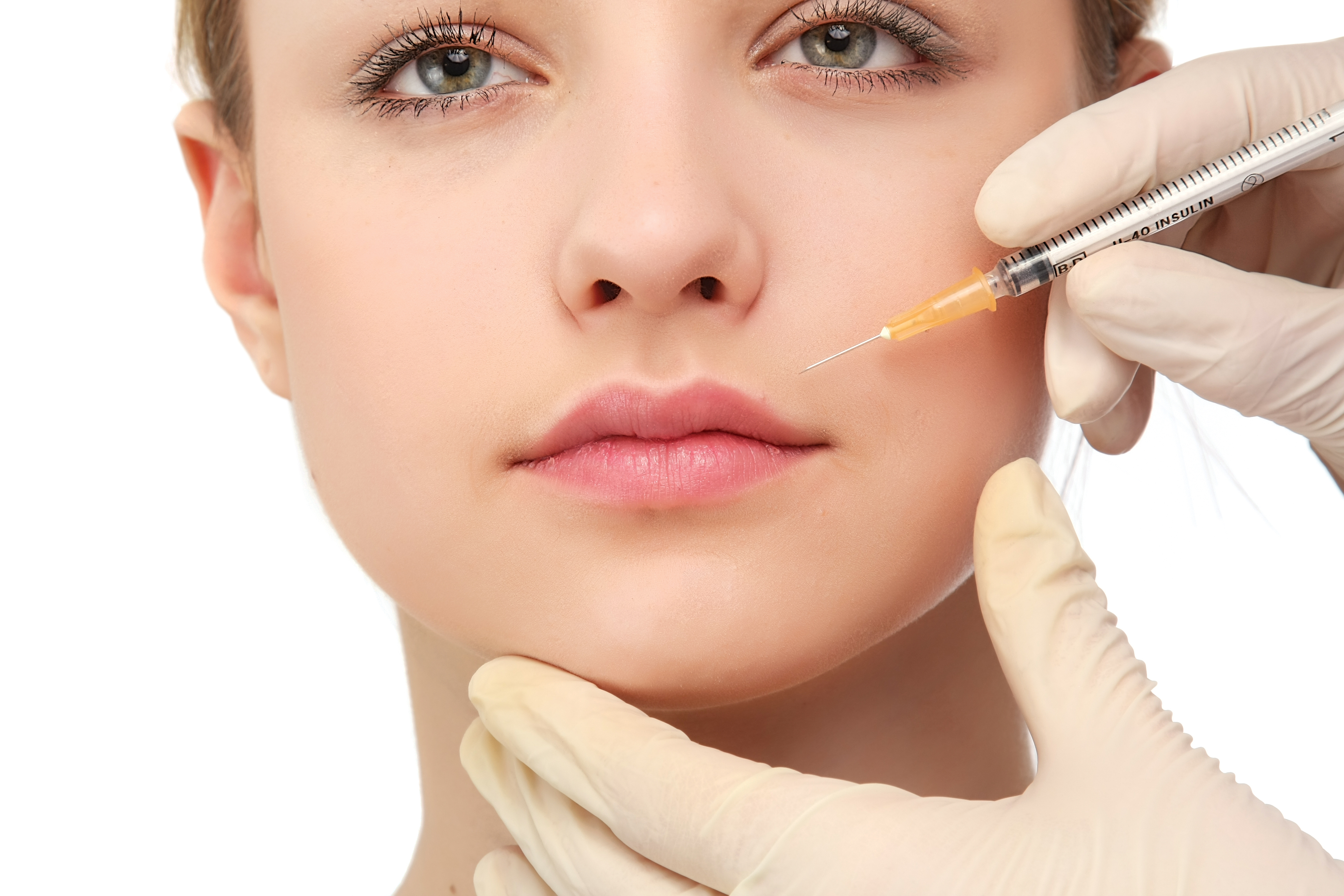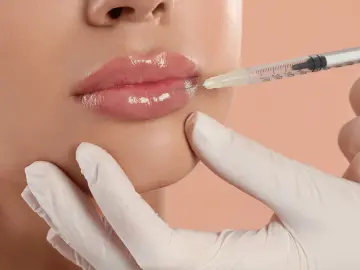The Lowdown on Dermal Fillers
If you've been scouring the internet trying to decide on the best treatment for the signs of ageing, chances are you've stumbled across dermal fillers. You're probably aware of the basics; that these simple injections can be used to correct or enhance facial contours, plump up lips, soften the appearance of wrinkles and improve the tone, texture and hydration of the skin: but what you might not know are the facts surrounding the procedure.

So what are dermal fillers?
When a practitioner advertises dermal fillers, they're talking about a substance that can be injected into the face to improve its appearance. At around the age of 25, the body stops producing collagen and elastin, the two proteins that work together to keep tissue firm and skin elastic, and the existing collagen in the body begins to break down.
Without these two proteins, the body begins to display the typical signs of ageing (things like sunken cheeks, hollow eyes, deep lines and wrinkles) as the body no longer has a means of keeping tissue strong and skin supple.
Dermal fillers, the majority of which are made up of hyaluronic acid (a naturally occurring sugar chain molecule that attracts and binds water in the skin), can be used to work in harmony with the body's remaining collagen and elastin, supporting these all-important proteins to give skin a more full and youthful appearance.
How long do dermal fillers last?
Dermal fillers can last anywhere between 6 to 18 months, depending on the type of hyaluronic acid used, as well as, how well it's suited to the purpose and to the individual. There are over 160 different brands of hyaluronic acid available (you might recognise names such as Juvaderm®, Restylane® and Belotero®) and your practitioner should be able to advise you on what's right for you.

Are dermal fillers safe?
According to Dr Arthur Perry, author of Straight Talk about Cosmetic Surgery, one of the reasons fillers are so popular is because of their safety.
Allergic reactions are nearly unheard of and infections are also extremely rare, as long as your injections are carried out by a healthcare professional with specialist training.
Side-effects of dermal fillers...
Dermal fillers do come with some side effects which tend to occur immediately after injection, but these are usually temporary and disappear within a few days. According to the FDA, normal side effects include redness, swelling, bruising, itching and tenderness, but on extremely rare occasions more serious side effects requiring early management can occur.
To minimise risk with dermal fillers, it is very important the practitioner has had specialist training, and is using safe products correctly. Should unwanted effects occur, that practitioner should be able to manage them safely.
If you're interested in dermal fillers and would like more information, be sure to visit our treatment information pages which goes into further detail. If you decide to go ahead with a procedure, use our search engine to find a Save Face accredited practitioner so that you can be sure you're in safe hands.


